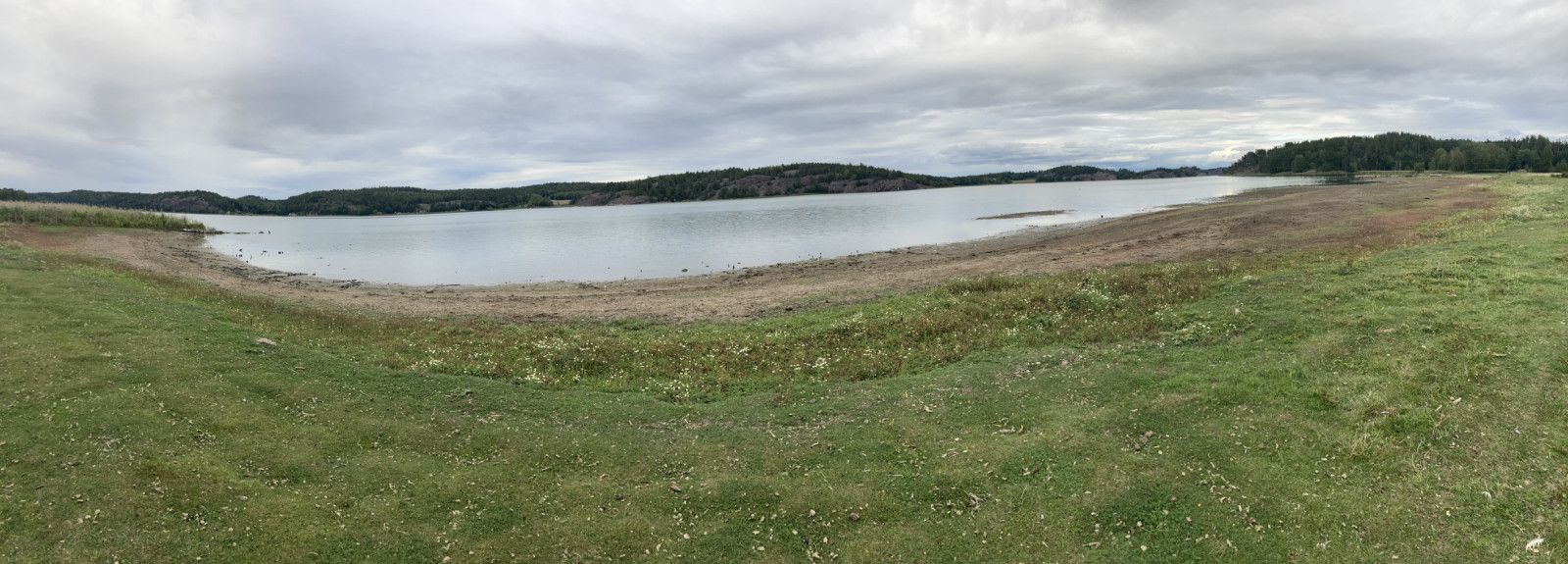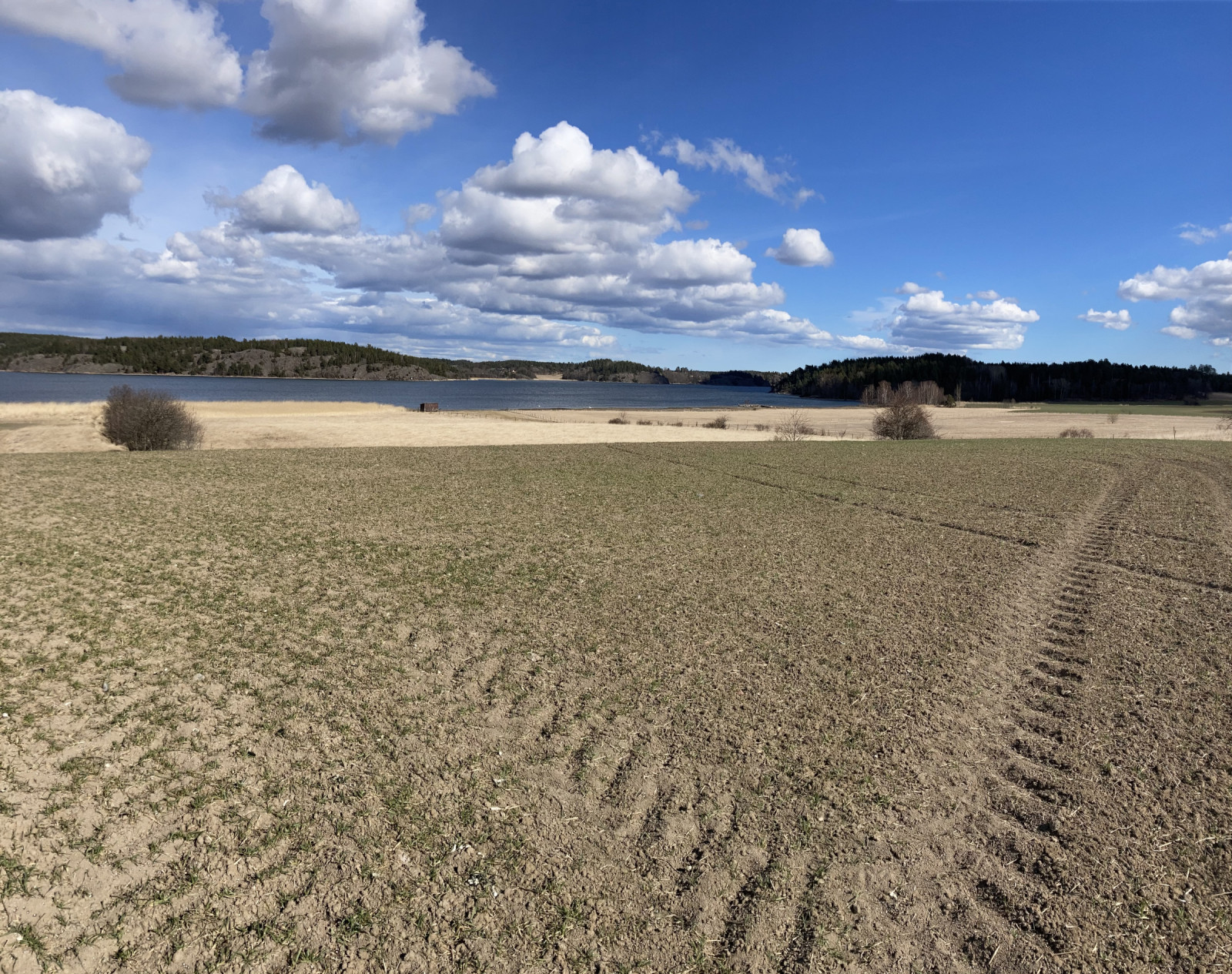Description
The birds start to arrive at Killingholmen in February when the ice starts to loose its grip on the coastal waters. Then ducks start to rest in the shallow parts of the bay; Tufted Duck (at most 100) and around 1000 Goosander can be found. Also the rarer winter ducks like Common Teal, Common Pochard, Smew, Greater Scaup and Red-breasted Merganser. A few hundred geese and around 100 Whooper Swan feed on the areas fields and coastal meadows around march. In March the other early spring birds also arrive; Eurasian Skylark, Common Wood Pigeon, Common Starling and Northern Lapwing. In spring you can find Bearded Tit in the reed beds.
Year round Sparrowhawk, White-tailed Eagle and Common Buzzard are the common predatory birds. But Golden Eagle, Hen Harrier and Red Kite pass by the area. Most common passerine birds arrive in March/April. Slätbaken is a stopping point for passerine birds, which makes it common to find uncommonly early Wood Lark and Mistle Thrush.
From late February and in March the owls in the area can be heard calling. Tawny Owl Eurasian Pygmy Owl and Eagle Owl are sometimes heard. In March more geese start to arrive and not only the common Canada Goose and Greylag Goose. Also Greater White-fronted Goose (at most 67) and Barnacle Goose (at most 100). Taiga Bean Goose, Tundra Bean Goose and Pink-footed Goose are sometimes found. Also Bewick's Swan has been observed.
On the coastal meadows large amounts of passerine bird start to rest in the end of March and in April. Meadow Pipit, White Wagtail, Linnet are the most common. Among these Rock Pipit is regularly seen. In the large grassy areas Short-eared Owl can be found. On the coastal meadows Common Sandpiper, Green Sandpiper, Common Redshank, Eurasian Wigeon, Gadwall, Northern Shoveler, Wood Sandpiper, European Golden Plover, Common Snipe and Great Crested Grebe. Most common dabbling ducks are found but only Common Teal is numerous (at most 70). At the Torpa damm Garganey and Northern Pintail have been seen, along with smaller amounts of other ducks.
In april large amounts of thrushes move past the fields and coastal meadows. Hundreds of Song Thrush, Redwing, Fieldfare and Mistle Thrush are seen. In the end of May and April most birds disappear, except for the breeders.
In May the latest passerine birds, and night active birds arrive. On the fields Montagu's Harrier, Peregrine Falcon and Corn Crake are found. Lesser Black-backed Gull sometimes rest on the coastal meadows in May. Common Rosefinch often sings here. On the meadows Barnacle Goose, Greylag Goose, Canada Goose, Gadwall, Common Redshank, Northern Lapwing, Great Crested Grebe, Tufted Duck, Common Goldeneye and Eurasian Coot breed. In the area Lesser Spotted Woodpecker, Red-backed Shrike, Common Teal and Whooper Swan breed. At Storåns river mouth you can observe Common Kingfisher.
During autumn Hov strandängar becomes better for birding. From July the area is a good site for wading birds such as Northern Lapwing, Eurasian Curlew, Common Ringed Plover, Little Ringed Plover, Common Sandpiper, Common Snipe, European Golden Plover, Common Greenshank, Common Redshank, Ruff, Wood Sandpiper and Green Sandpiper. These are all common, while Little Stint, Dunlin, Whimbrel, Temminck's Stint and Curlew Sandpiper are more rare.
Other wetland birds are often found. Among the rarer birds Common Kingfisher, Caspian Tern, Bluethroat and Great Egret can be noted. Large amounts of gulls, geese and terns can be found, especially Greylag Goose which some years have been found as numerous as 3000.
Large amounts of passerine birds are found in the meadow areas. The most numerous passerine birds are European Goldfinch (250 at most), Barn Swallow (500 at most), Whinchat, Northern Wheatear, Common Starling (600 at most). Later in autumn Little Grebe, Jack Snipe, Twite, Slavonian Grebe, Smew and Greater Scaup are sometimes found.
Details
Access
Inre Slätbaken is located east of the town of Söderköping. Parking can be found around Hov and several other places. Click on a P in the map for directions to a parking spot.





